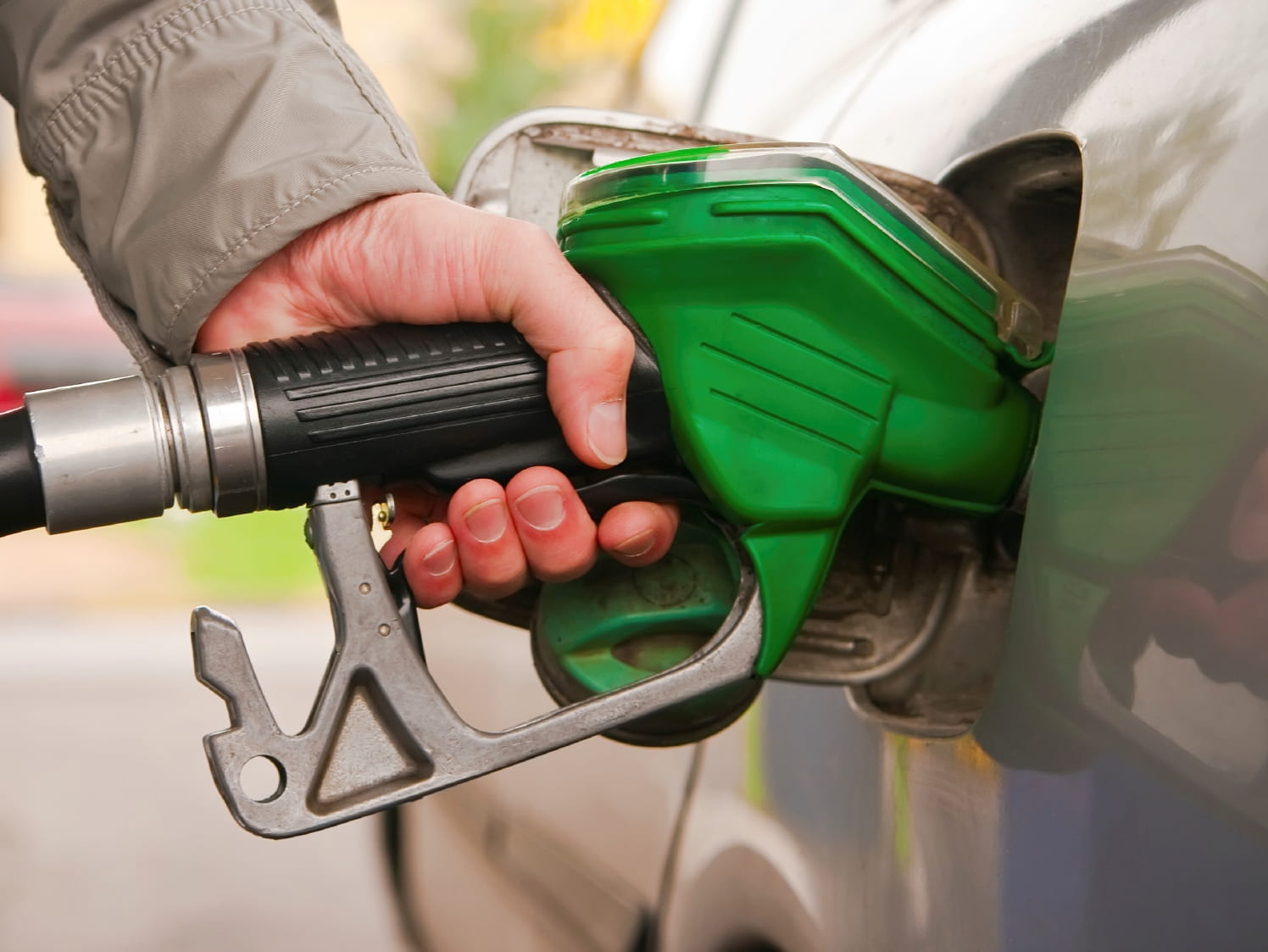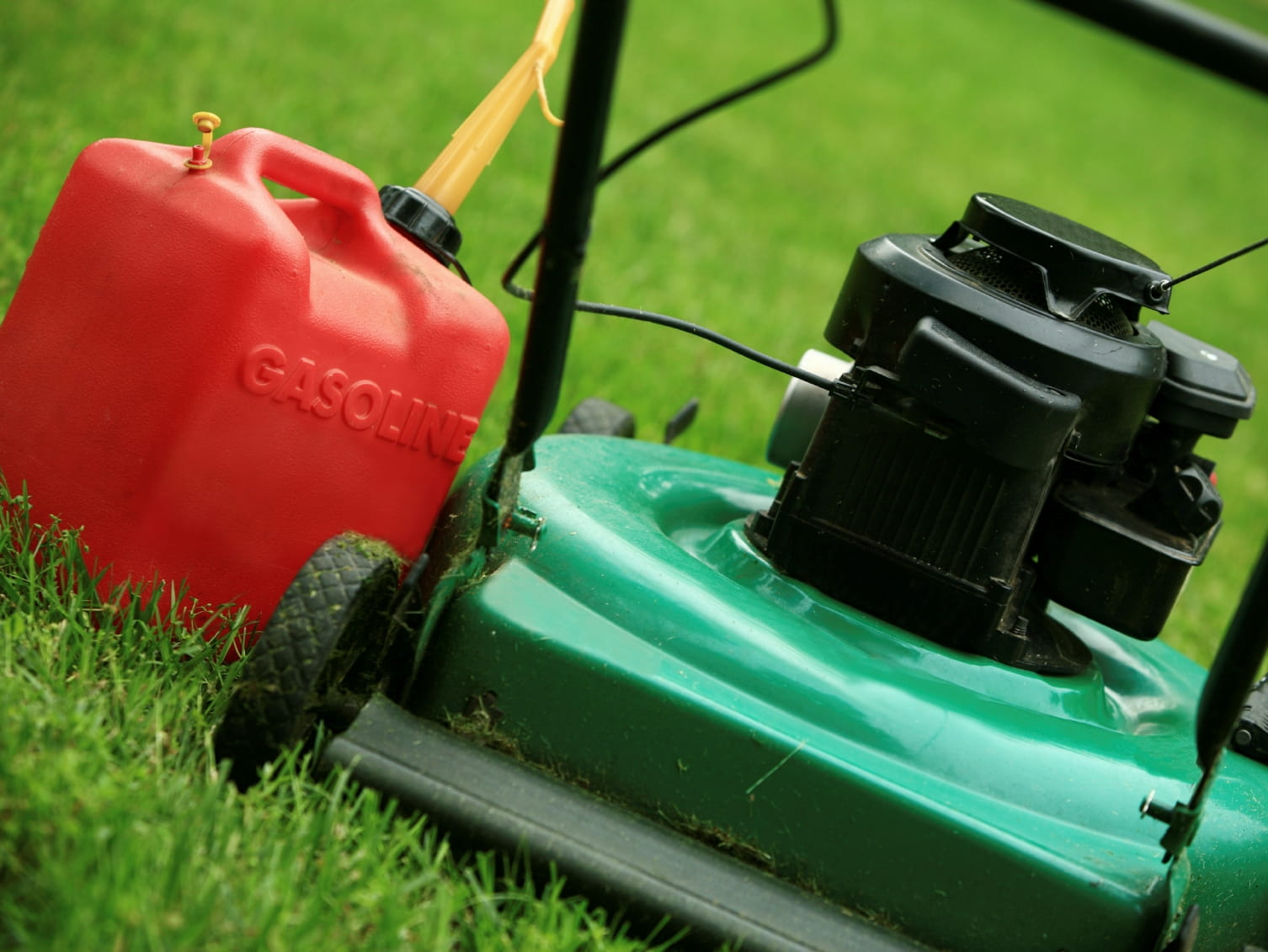Gasoline and Toddlers: Summer Risks

The Bottom Line
Children get into gasoline most often in the summertime. If they're outside the car at the gas station, they get splashed; this can irritate the eyes or skin. If someone transfers gas to a food or drink container, kids drink it. Drinking gasoline can lead to gagging on it; this can lead to pneumonia and lung damage.

The Full Story
For many reasons, kids and gasoline don't mix. Now is the time for special care: children get into gasoline most often in the summertime.
Pumping gas into your car? Be sure the kids stay inside the vehicle. Gasoline may splash on the skin or into the eyes. It's irritating and needs to be washed off right away with plenty of running water. (That's not handy at most gas stations - another reason to keep the kids in the car while you fuel up!)
Swallowing gas could mean a trip to the emergency room - or worse. Gasoline is slippery; if you try to swallow it, some could go down the wrong way. Gasoline in the lungs is really dangerous. It causes irritation, trouble breathing, and even pneumonia.
Kids often get into gas when adults are fueling lawnmowers and string trimmers. It might be hard to drink from a gas can. But, a lot of people transfer gas to a bottle or measuring cup. If you turn your back, a child can get a sip - and get into big trouble. Gas needs to stay in its original, labeled container, just like other poisons. And like other poisons, it should be stored up high so children and pets can't reach.
If a child (or anyone else) swallows gasoline:
- Give a few sips of water or milk to drink.
- Do NOT force the child to drink a lot of fluid.
- Do NOT try to make the child vomit.
- Use the webPOISONCONTROL® online tool for guidance right away, or call Poison Control at 1-800-222-1222.
Rose Ann Gould Soloway, RN, BSN, MSEd, DABAT emerita
Clinical Toxicologist
Poisoned?
Call 1-800-222-1222 or
Prevention Tips
- When filling your gas tank, leave the children inside the car.
- When fueling your lawn mower or string trimmer, be sure the kids aren't around.
- ALWAYS keep gasoline in its own labeled container.
- NEVER transfer gasoline to a beverage or food container.
This Really Happened
A 4 year old took a sip of gasoline from a container in his backyard. He immediately started coughing, choking and vomiting. The parents called Poison Control. Then, the child was taken to the nearest hospital by ambulance.
In the emergency room, the child was breathing rapidly and having trouble catching his breath. He continued to cough and had a fever. A chest x-ray showed that pneumonia was developing. The child was admitted to the hospital. Treatment included IV steroids and antibiotics. He was discharged home the following day on antibiotic treatment for 10 days. After two weeks of follow up with a pulmonary specialist, the child's chest x-rays were normal and he was breathing normally again.
For More Information
For questions about poisoning by gasoline and other hydrocarbons (for example, lamp oil, baby oil, other oils, kerosene, furniture polish), get help from Poison Control online or by calling 1-800-222-1222.References
Jolliff HA, Fletcher E, Roberts KJ, Baker SD, McKenzie LB. Pediatric hydrocarbon-related injuries in the United States: 2000-2009. Pediatrics. 2013;131(6):1139-1147.Poisoned?
Call 1-800-222-1222 or
Prevention Tips
- When filling your gas tank, leave the children inside the car.
- When fueling your lawn mower or string trimmer, be sure the kids aren't around.
- ALWAYS keep gasoline in its own labeled container.
- NEVER transfer gasoline to a beverage or food container.
This Really Happened
A 4 year old took a sip of gasoline from a container in his backyard. He immediately started coughing, choking and vomiting. The parents called Poison Control. Then, the child was taken to the nearest hospital by ambulance.
In the emergency room, the child was breathing rapidly and having trouble catching his breath. He continued to cough and had a fever. A chest x-ray showed that pneumonia was developing. The child was admitted to the hospital. Treatment included IV steroids and antibiotics. He was discharged home the following day on antibiotic treatment for 10 days. After two weeks of follow up with a pulmonary specialist, the child's chest x-rays were normal and he was breathing normally again.
